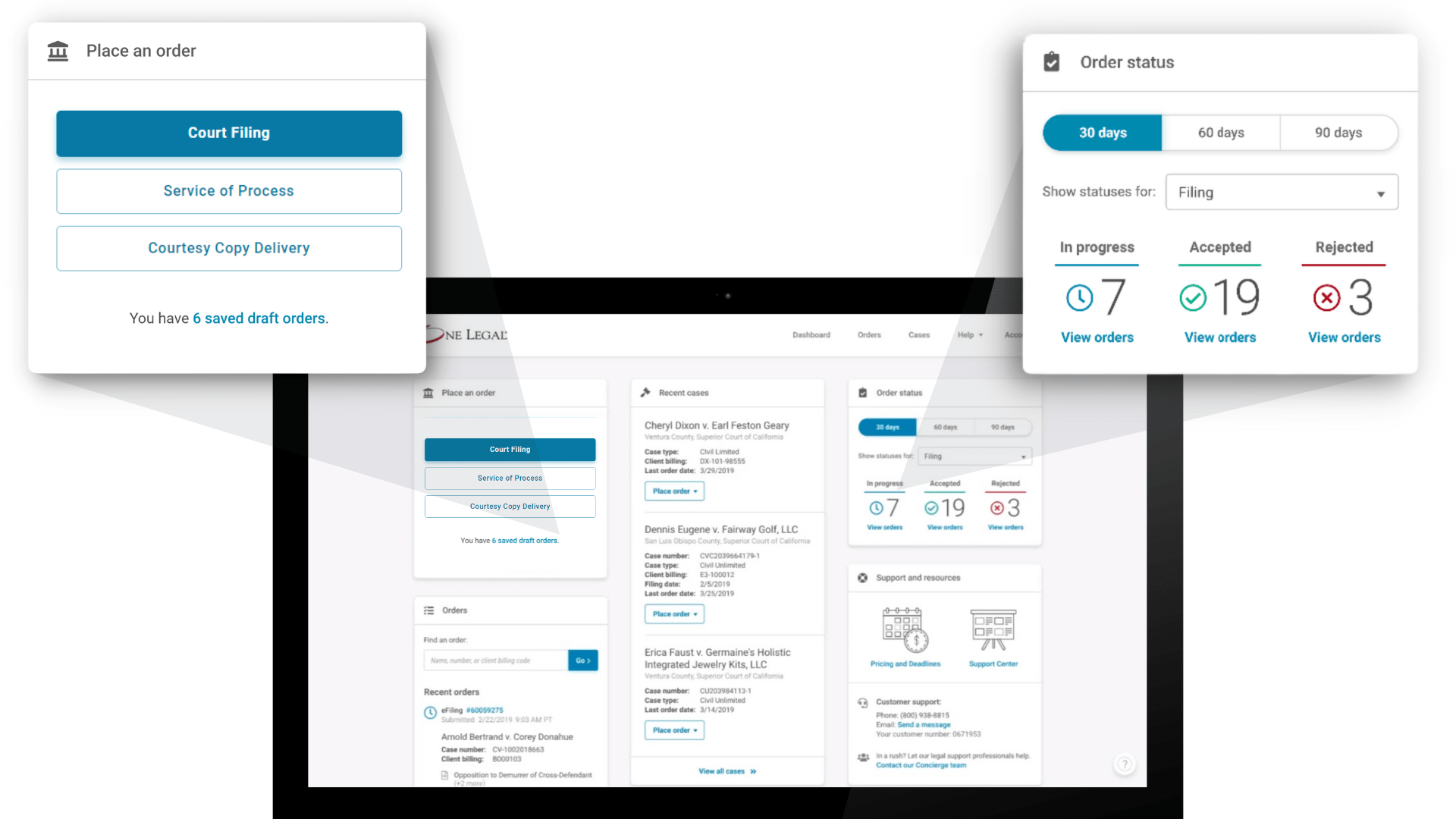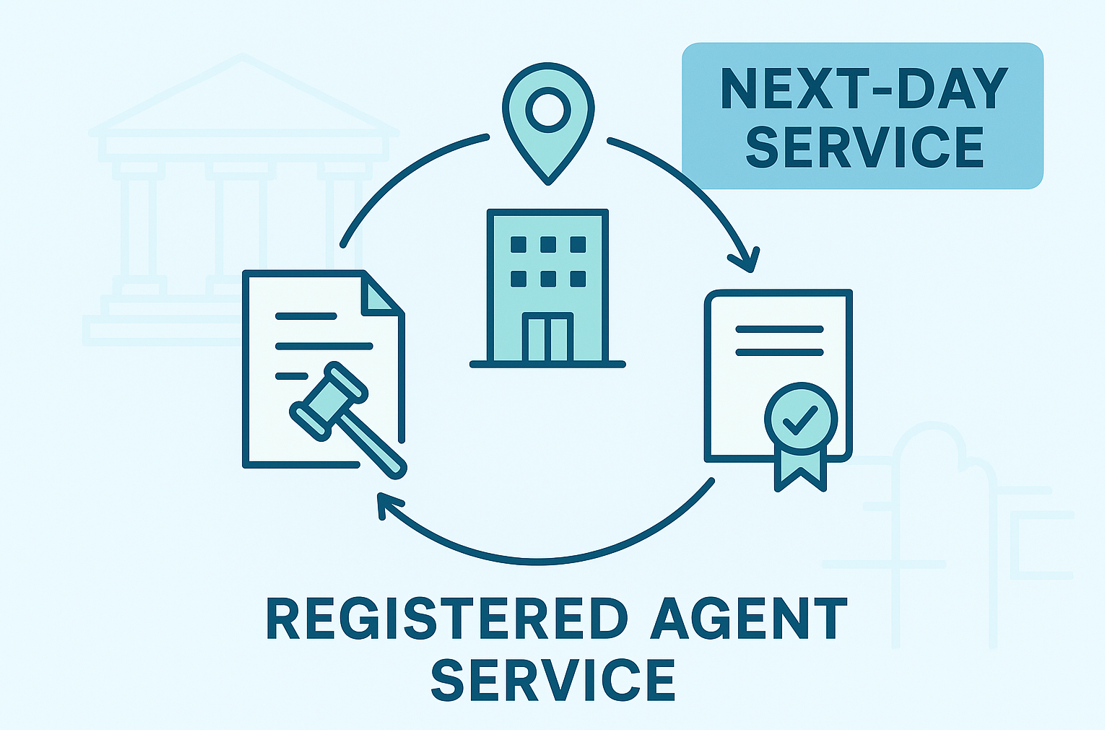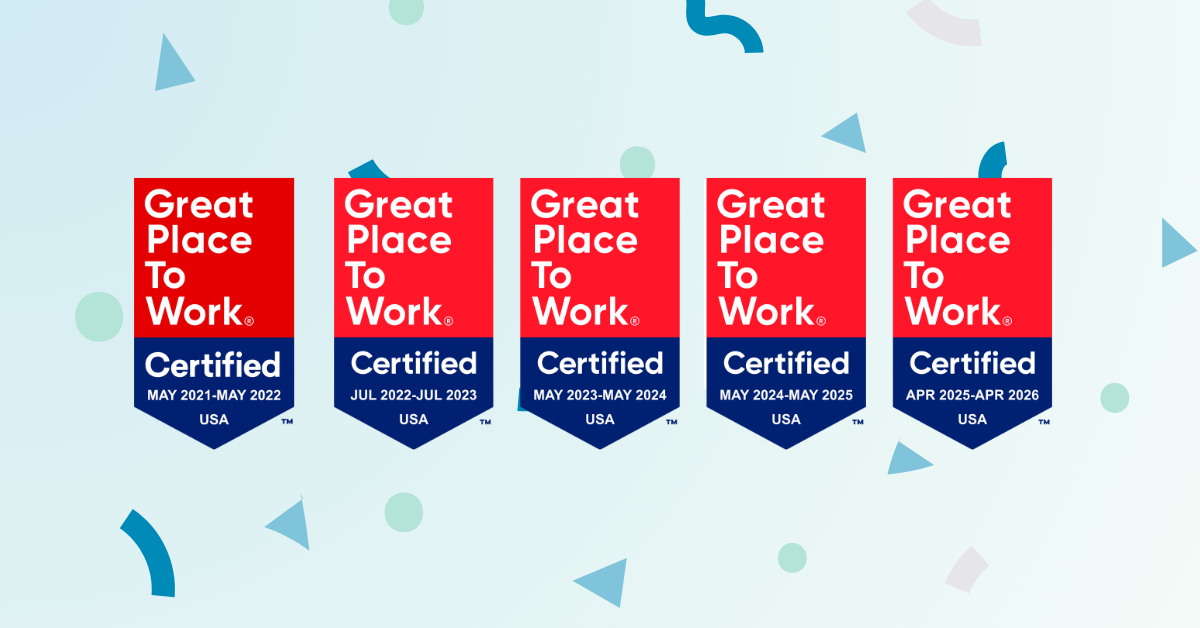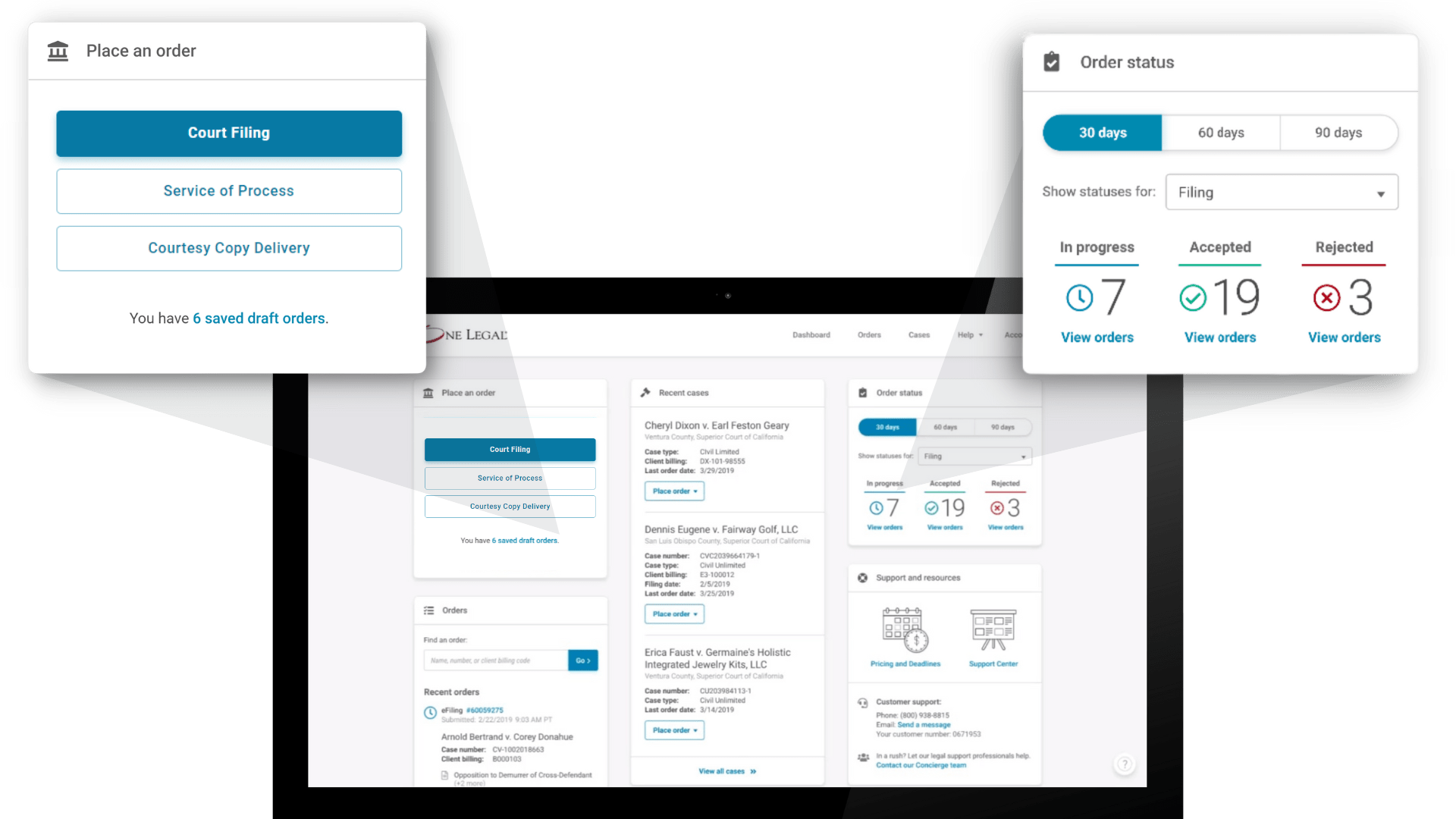A day in the life of a lawyer has undergone remarkable changes, especially over the last two decades. These changes have been shaped by technological advances, shifting client expectations, and evolving work cultures.
As someone who has been practicing law for over twenty years, I’ve had a front-row seat to these transformations, which have altered how I work with clients and approach my work and the legal profession at large.
While some of the traditional aspects of legal practice remain intact, for example, the need for thorough research, strong analytical skills, and the ability to craft persuasive arguments, the landscape has evolved in ways that make the day in the life of a lawyer far more dynamic.
The role of a lawyer has also changed beyond the walls of a law firm, courtroom, or corporate office.
This shift has impacted vital areas such as technology, client interactions, work-life balance, specialization, and the ever-increasing demands placed on lawyers today.
The rise of technology: Friend or foe?
Technology has become the backbone of modern legal practice, streamlining tasks that once took hours or even days. From managing client interactions to conducting legal research, the transition to digital tools has transformed our practices.
For example, when I started my career way back in 2003, conducting legal research meant sifting through physical books or carefully navigating costly online databases where every search was billed by the minute. Considering passing on the cost of search to clients was absolutely brutal!
The technological revolution goes beyond research.
Today, I can use Clio to manage cases and bill clients, Calendly to schedule meetings, and AI-powered legal research platforms like TMTKO, specifically for trademark work, without fearing unnecessary charges.
Case management systems have become more sophisticated, automating time-consuming tasks such as document review, docketing, and billing. These tools allow lawyers to spend more time on substantive legal work, increasing productivity and enhancing the quality of the work delivered to clients.
E-filing is another area where technology has made a massive difference.
Early in my career, a significant amount of time and effort was still involved in preparing physical documents for court filings.
I remember spending hours (and late nights) meticulously assembling and organizing paper documents, particularly with patent filings, knowing that a single missed page could have detrimental implications.
Now, with eFiling as the standard in most jurisdictions, including the United States Patent and Trademark Office, not only has the filing process become more efficient, but it’s also more reliable.
Notifications are instantaneous, and tracking documents no longer require a complex paper trail. This shift has brought much-needed efficiency to the profession, allowing us to focus on legal strategy, rather than logistics.
That said, while I personally embrace technology, it’s important to keep in mind that not all clients feel the same way. They are at different stages of technology uptake and acceptance. Your clients are as well; meet them where they are.
I adapt my communication methods depending on client preferences. Some clients prefer the convenience of Zoom “face-to-face” calls and secure online payments, while others feel more comfortable with phone calls and writing checks.
This flexibility is crucial in today’s legal landscape, where client expectations around communication and service have shifted significantly. Thankfully, technology doesn’t limit my options in how I work with clients; it expands them.
Client interaction in the digital age
Client interaction has been one of the most profound shifts in legal practice.
The days of formal meetings and lengthy phone calls are far from gone, but they’ve been supplemented—and in some cases, replaced—by more immediate forms of communication. Whether it’s through emails, messaging apps, or dedicated online client portals, clients expect transparency and quicker responses than ever before.
They no longer want to wait days for updates; instead, they expect real-time access to information about their case.
This expectation of immediacy doesn’t just apply to communications but also to access to legal documents and updates on cases. I’ve integrated platforms like Clio to manage cases efficiently, ensuring that clients and I are on the same page.
Sending quick updates or providing instant access to case documents builds trust and enhances the client relationship. In fact, many clients now want the ability to log in and view their case status, billing information, and any pending tasks.
This level of transparency helps to foster a stronger relationship and trust between lawyer and client, but it also increases the pressure to be responsive at all times. (More on this later!)
However, this shift toward real-time interaction also blurs the lines between work and personal life. The modern lawyer must constantly balance accessibility with maintaining boundaries.
I’ve learned to manage these expectations with clear communication about when I’m available, using tools like Boomerang to schedule emails during working hours only, so my personal time remains protected.
For example, if I decide I need to work on a matter on a Saturday, I’ll schedule an email about the matter for the following Monday.
Honestly, these days, it’s not wise to create expectations with clients that you are working on Saturdays, for example, unless there are truly extenuating circumstances!
Establishing these boundaries is essential for avoiding burnout in a profession known for its demanding nature.
Work-life Balance: A constant tug of war
Work-life balance has always been a tricky subject for lawyers, who are known for their long hours and high-pressure environments.
Over the years, however, there’s been a growing focus on finding a healthier balance between work and personal life — something I’ve embraced, especially since starting my solo practice.
The flexibility of being my boss means I can more easily set boundaries. It also means I must be more diligent and mindful about time management.
And technology helps me do this!
Calendly has been a game-changer for me. I use it to block out time for different types of meetings—prospective clients, current clients, and business collaborations—so I can be fully present and focused on each task.
By structuring my workday with set meeting times and uninterrupted blocks for legal work, I can ensure that I’m efficient during work hours and mentally available for personal time when the workday ends.
I’ve also found that breaking up my day into “deep work” periods—where I focus on one task without distractions—boosts productivity and keeps me from being overwhelmed.
Likewise, tools like Clio help me streamline docketing and task management so I’m not jumping between unrelated tasks. This is more than just a productivity hack; it helps conserve mental energy, allowing me to be more focused and effective, both at work and in my personal life.
Of course, flexibility can be a double-edged sword—while it offers the freedom to work from anywhere, it requires clear boundaries to prevent work from seeping into every corner of life. The ability to “turn off” work is something I actively strive for, especially given the round-the-clock nature of legal practice. For most of us, it’s simply not.
Interestingly, the 2020-2021 pandemic accelerated the shift toward remote work, and while it initially seemed like a temporary solution, many firms and solo practitioners have made it a permanent feature of their practices.
This shift has enabled lawyers to balance work and personal life in ways previously thought impossible.
At the same time, remote work has presented new challenges, such as maintaining client confidentiality and managing team collaboration from afar. The tools we use today—whether it’s Zoom for client meetings or Clio for case management—have become essential not just for convenience but for maintaining the integrity of our practice.
Specialization and the changing legal landscape
One of the most notable shifts in the legal field is the trend toward specialization. While I specialize in trademark law, and more specifically, trademark clearance and prosecution, the profession at large has seen lawyers narrowing their focus to even more specific areas of practice.
My father-in-law always joked that he practiced “small-town law.” In the 70s, 80s, and 90s, he practiced business law, family law, personal injury, and even criminal defense law.
Once we arrived to the early 2000s, lawyers who were “intellectual property attorneys” likely included patents, trademarks, copyrights, and even trade secrets under the title.
The evolution to an even more specialized practice area is driven by an increasingly competitive market, where clients expect not only legal expertise but also strategic advice that goes beyond the law itself.
Lawyers must invest in continuous learning and adapting to new challenges within their specialized fields and perhaps even the clients’ specific industries.
For example, I’ve had to understand e-commerce better because many of my clients are online product sellers on platforms like Amazon and Wal-Mart.
Staying current with regulatory changes and emerging issues in your clients’ industries is no longer optional—it is absolutely essential for maintaining a competitive edge.
Specialization often leads to greater client trust, as clients know their attorney has the depth of knowledge necessary to navigate complex and often industry-specific challenges, and changes.
The increased focus on specialization also requires lawyers to build strong networks within their chosen field. Collaborating with other specialists, staying updated with niche developments, and attending industry conferences have become critical for maintaining relevance in today’s fast-paced legal environment.
Increased competition and client expectations
The legal industry has become more competitive than ever, and with that competition comes heightened client expectations.
Gone are the days when clients sought out lawyers solely for their legal knowledge. Now, they want a combination of legal acumen, business savvy, and industry-specific insight.
Clients also expect more value for their money, which means that we, as lawyers, must deliver excellent legal services and help clients navigate the broader business landscape.
This shift has led to the rise of alternative billing models, including flat fees and subscription-based services. While hourly billing is still prevalent, clients increasingly want cost predictability and transparency.
In my practice, offering flat-fee services for specific trademark tasks helps clients feel more comfortable with their investments, and it also streamlines the billing process for me. This move away from hourly billing reflects a broader trend in the legal industry, where clients are pushing for more predictable and efficient pricing structures.
Conclusion
As I reflect on the past twenty years of law practice, it’s clear that a day in the life of a lawyer is very different to what it once was.
Technology, client interaction, and work-life balance have all shifted. While the profession still demands the highest level of expertise and dedication, the tools at our disposal make it easier to manage these demands.
Looking ahead, the legal profession will continue to evolve, with technology driving further changes in how we practice.
AI tools, in particular, will become more integrated into the legal process, from predictive analytics to contract drafting. However, the human element of lawyering—empathy, judgment, and the ability to connect with clients—will remain irreplaceable.
The key to thriving in this ever-evolving field is adaptability, embracing the tools that enhance our work while maintaining the core values that have defined the profession for centuries.








